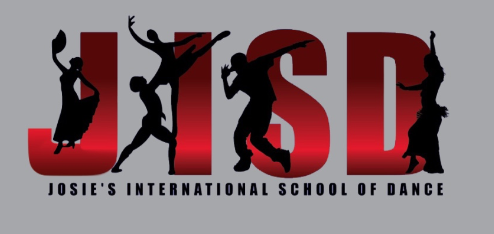Learning How To Practice: A Four-Part Series
/PART 1: GETTING STARTED: 6 Tips To Start Practicing And Developing Good Practice Habits
"I have to practice" sounds burdensome. But then how do we improve our dancing if we don't practice? Practice should be satisfying, invigorating and enjoyable. In this four-part blog series we're going to teach you how to practice so that it's interesting, fun, feels good and is something you look forward to doing every day. This blog series is adapted from musician Tom Heany's book First Learn to Practice.
1. Be Comfortable
2. Be Honest
3. Be Optimistic
4. Be Persistent
5. Be Consistent
6. Go Slow
1. Be Comfortable. Allow yourself to get comfortable. Your muscles and breathing will become more relaxed and you’ll practice longer. Try a little stretching at first (head, shoulders, arms, hands, upper body, legs, feet). Stretching increases circulation and warms the body, making it easier and freer to move. You can also “shake out” your body. Relax and calm your mind as well. Clear your head. Leave your worries or chores behind for a moment. Free yourself of unnecessary tension. Feel the warmth and calmness of your body. Of course you’ll need to establish a dedicated practice area in your home preferably in front of a small mirror. You can always purchase a standard, inexpensive 4’ x 1-1/2’ mirror that you can store in a closet or attach to a wall. Next, become aware of your posture. Stand tall.
2. Be Honest. Make sure you pick a movement or step to work on at your level. You’re in the privacy of your own space. No one else is watching. This is where you can enjoy being in control. Everyone is different and has different goals to work on. Also, don’t worry about the music just yet. Just pick a certain movement or two to practice. Then you can add the music later. If you do need a steady accurate pulse, use a metronome. There are many metronome phone apps.
3. Be Optimistic. Practice works, especially when you’re doing a movement right. And being optimistic gives you the advantage over being pessimistic. Give yourself credit for trying. Progress takes time so be patient with yourself. Every move you practice is actually an accomplishment that just hasn’t happened yet. Before you know it, the movements you can’t do become movements you can do. And once you can do the movement, you own it. If you get frustrated from always working on movements that you can’t do, then choose to practice a movement that you can do well and save the challenging movement for the next day. Remember, the movement you do well was at one time something you couldn’t do, but over time you mastered it. So be positive and appreciate all your effort. Everything is a process. Enjoy the journey and learn from each step!
4. Be Persistent. Practice doesn’t come naturally. Some movements don’t come naturally. In general our bodies are always looking for the easy way out. So rather than give up your practice or a movement because it’s difficult, be persistent. Repetition is good. Tell yourself that you’re not going to give up. Find a way to continue, make it more interesting, make it easier, but whatever you do, be persistent. If you’re not enjoying your practice, change something about your practice so that you do enjoy it. Being persistent requires effort. Put your mind to it. Don’t just plow through obstacles. Try removing the obstacle so that you can get back to enjoy making progress.
5. Be Consistent. Consistency saves you time because your practice is more connected. You have no time for excuses or distractions. Your concentration, energy and stamina will improve. If you wait too long in between practices you have to repeat everything as though your last practice session never happened. Being consistent means you have a plan to practice every day, whether it’s for 5 minutes or 1 hour, but it’s every day. Consistency is a powerful commitment and promise you’ve made to yourself.
6. Go Slow. The most important two words when learning to practice are GO SLOW. Going slowly allows you to focus on detail. If you go too fast you lose out on technique and feeling. Practicing slowly encourages muscle relaxation so your movements have no tension and are done correctly. Later on when you do speed up a movement it’s easier because your muscles have learned to move without tension. Another reason to go slow is to avoid mistakes so you perform a movement more correctly. Even if you don’t achieve your goal right away, you’ll accomplish more by aiming and moving slowly until you hit the target.
Stay Tuned . . . PART 2: Ideas & Concepts To Help Your Practice


